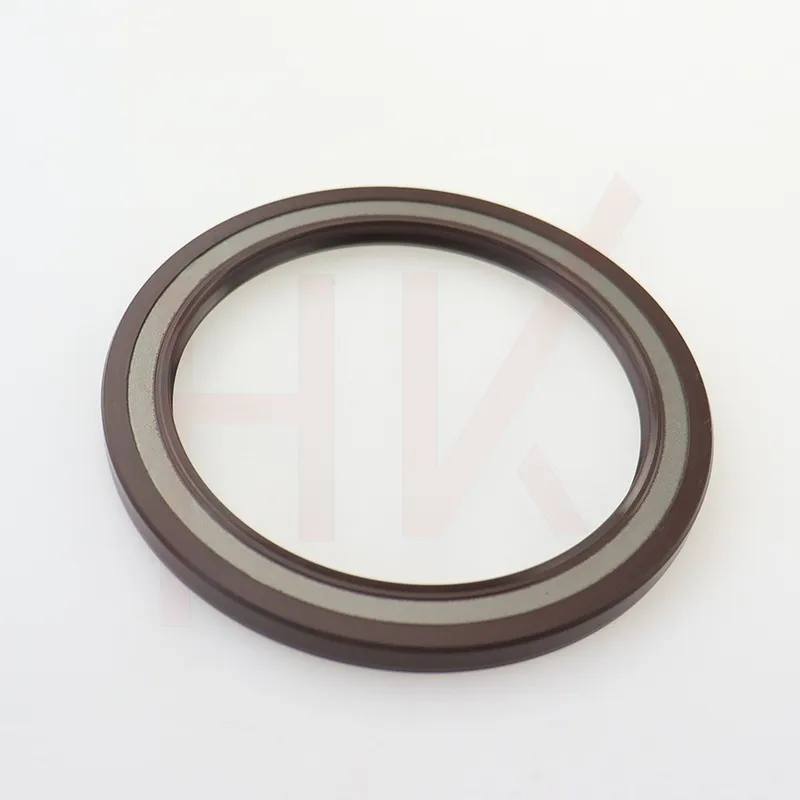Noy . 22, 2024 14:19 Back to list
forklift hydraulic cylinder seals
Understanding Forklift Hydraulic Cylinder Seals
Forklifts are invaluable assets in warehouses and manufacturing facilities, capable of lifting and moving heavy loads with ease. At the heart of a forklift’s lifting mechanism are hydraulic systems, and within these systems, hydraulic cylinder seals play an essential role. This article delves into the importance of hydraulic cylinder seals in forklifts, their types, functions, common issues, and maintenance practices.
The Role of Hydraulic Cylinder Seals
Hydraulic cylinder seals are critical components that ensure the efficiency and reliability of a forklift’s hydraulic system. They prevent hydraulic fluid from leaking out of the cylinder as it operates, maintaining the pressure needed to lift and lower loads effectively. Additionally, seals protect the internal components of the hydraulic cylinder from contaminants, such as dirt and moisture, which could lead to premature wear and failure.
Types of Hydraulic Cylinder Seals
1. Rod Seals These seals prevent fluid from leaking around the rod that extends and retracts during operation. Rod seals must withstand high pressures and dynamic conditions to prevent external contamination and maintain hydraulic fluid within the cylinder.
2. Piston Seals Located between the piston and the cylinder wall, piston seals are responsible for maintaining pressure within the cylinder. They allow the hydraulic fluid to exert force on the piston effectively, enabling the lifting mechanism to function correctly.
3. Guides Though not a seal in a traditional sense, guides support the movement of the rod and piston, ensuring proper alignment and reducing wear on the seals.
4. End Seals These seals are situated at the end of the cylinder, preventing fluid leaks and maintaining the overall integrity of the hydraulic system.
Each type of seal is designed for specific applications, materials, and pressure ratings, catering to different forklift models and operating conditions.
Common Issues with Hydraulic Cylinder Seals
Over time, hydraulic cylinder seals can face several issues that may lead to performance degradation
. Common problems include- Wear and Tear Constant movement and exposure to hydraulic fluid can cause seals to wear down over time, leading to leaks.
forklift hydraulic cylinder seals

- Contamination Dirt, dust, or moisture can compromise seal integrity, allowing contaminants to infiltrate the hydraulic system. This can result in non-optimal performance and damage to internal components.
- Pressure Failures If seals are unable to withstand the hydraulic pressure due to age or material degradation, it can result in fluid leaks, decreased lifting capability, and ultimately, equipment failure.
- Improper Installation Incorrect installation of seals can lead to premature failure and operational inefficiencies. It is essential that seals are installed correctly to ensure optimal performance.
Maintenance Practices
To prolong the lifespan of hydraulic cylinder seals and the hydraulic system of a forklift, regular maintenance is crucial. Here are some best practices
1. Regular Inspections Periodically check the hydraulic system and seals for signs of wear, leakage, or contamination. Early detection can prevent more extensive issues down the line.
2. Clean Environment Maintain a clean working environment to reduce the risk of contamination. Use proper covers and cleanliness practices to protect hydraulic components.
3. Proper Fluid Management Use appropriate hydraulic fluids as specified by the forklift manufacturer. Ensure that fluids are free from contaminants and regularly change them per maintenance schedules.
4. Educate Operators Train forklift operators on best practices for safe operation, including weight limits and avoiding sudden movements that can strain the hydraulic system.
5. Replace Worn Seals Promptly If leaks or wear are detected, replace seals immediately to avoid further damage to the hydraulic system.
Conclusion
Hydraulic cylinder seals are essential for the efficient operation of forklifts, playing a vital role in maintaining hydraulic pressure and preventing leaks. Understanding their importance, types, common issues, and maintenance practices can help minimize downtime and extend the service life of forklifts. Regular attention to these seals ensures that the hydraulic system operates smoothly and remains reliable under heavy loads, ultimately contributing to operational efficiency in any workplace.
-
Unlocking the Potential of Hydraulic Systems with Essential Sealing Solutions
NewsAug.06,2025
-
Unleash the Power of Your Hydraulic Systems with Our Premium Seal Kits
NewsAug.06,2025
-
Specialized Hydraulic Seal Kits for Breakers, Pistons, and Presses
NewsAug.06,2025
-
Revitalize Hydraulic Systems with Premium Repair and Seal Kits
NewsAug.06,2025
-
Fortify Your Cylinders with Premium Sealing Solutions
NewsAug.06,2025
-
Elevate Hydraulic System Reliability with Specialized Seal Kits
NewsAug.06,2025
-
TCN Oil Seal Metal Ring Reinforcement for Heavy Machinery
NewsJul.25,2025
Products categories
















